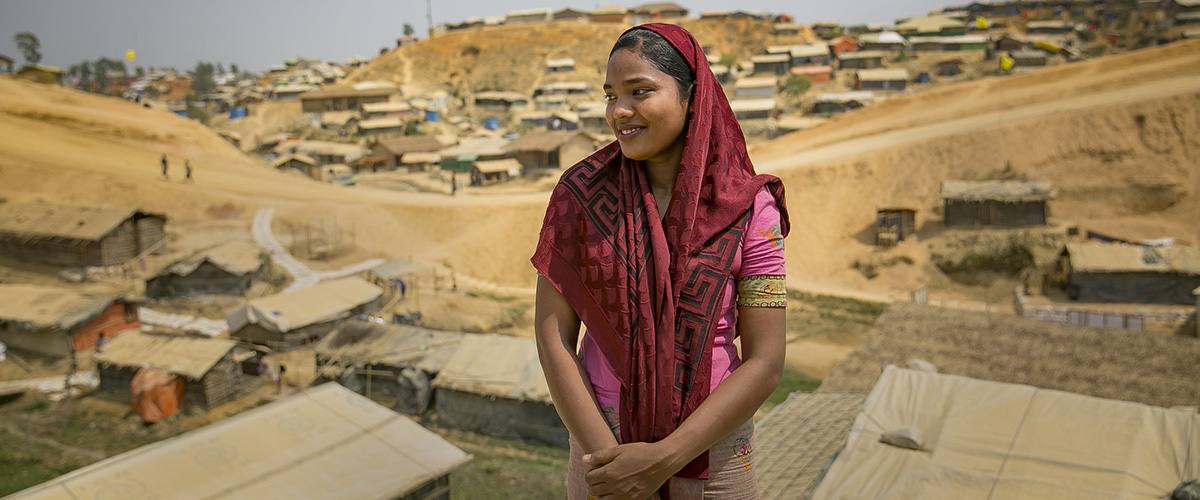Conflict and post-conflict violence prevention

In situations of conflict, women and girls often face very high levels of violence. This includes sexual and gender-based violence, displacement, and the loss of their means of living. While there are systems to address violence against women and girls in humanitarian contexts, preventing violence in conflict and post-conflict settings poses significant challenges.
Strengthening gender-based violence prevention in conflict and post-conflict zones
Effective violence prevention and response frameworks need to consider all the stages of humanitarian interventions and prioritize programming accordingly. For instance, in the emergency phase of conflict and fighting, the infrastructure may not exist to support structural changes and reforms, so the focus is on operational responses and services such as providing shelter, legal assistance, psychosocial support, and medical care. But as situations stabilize, efforts must focus on building and reinforcing systems that monitor and respond to gender-based violence. When governments are reinstated and there is a functioning judiciary, it is important to initiate the process of structural reform. This means enacting policies and legislation to protect women and girls from violence, and to hold perpetrators accountable.